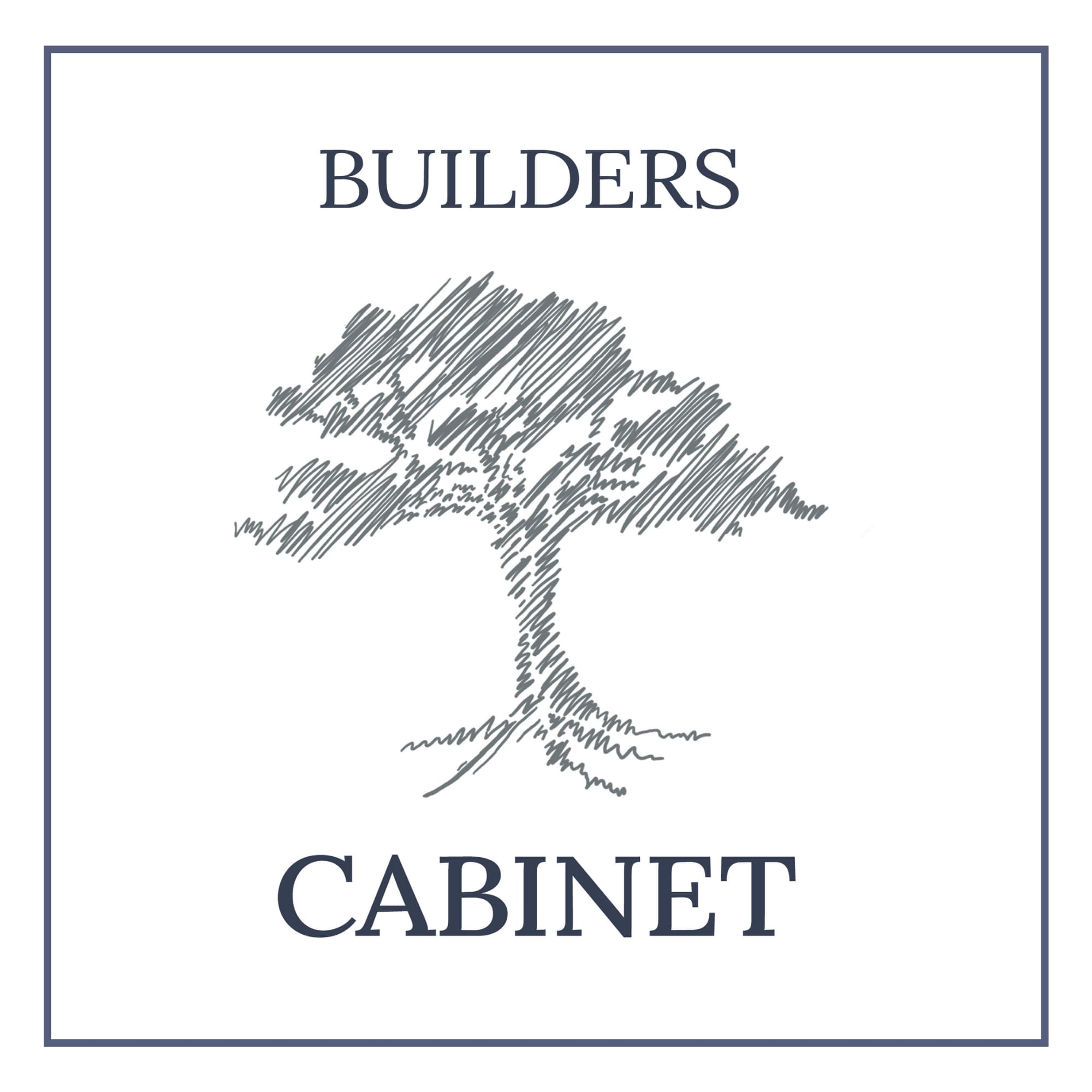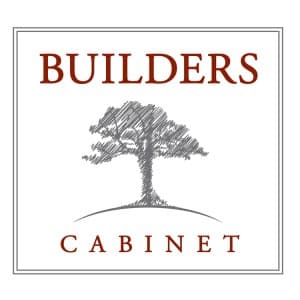How to Match Your Cabinets to Your Floors & Countertops
If you’re remodeling your kitchen, there are three components that you’ll want to consider: the floor, the countertops, and the cabinets. In order to make everything cohesive, you’ll want to make sure they match or follow the same color scheme.
Matching your cabinets to your floors and countertops is a simple yet effective design hack that can elevate your kitchen. Keep reading to learn more about how you can make these three elements complement each other, resulting in a stunning new kitchen.

Do the Colors Need to Match?
When we talk about matching your cabinets, floors, and countertops, we don’t mean that everything has to be the same color or design. What we mean by this is that it’s best if you have a scheme in mind and the shades you choose for all the different elements fall in line with that theme.
Think about your kitchen space as if it’s a painter’s palette. You might have a mix of browns, greens, blues, and pinks, but all the shades complement each other since they share similar undertones. If you have clashing colors in your kitchen, it can be off-putting and make things feel cluttered. Colors clash when they don’t share similar undertones or highlights, or they’re on opposite ends of the color wheel. Think about pairing yellow with purple or orange with blue. Of course, sometimes these shades can really work together, depending on the type of theme you’re going for. But a lot of the time, these combinations can stress out the eye, especially when we’re talking about interior design.
If this is confusing to you, or it’s your first time thinking about color theory, continue reading as we’ll go into a little more detail below.
How to Choose Colors
Choosing a palette can be fairly simple if you use a tool like a color wheel. By using a color wheel, you can find different combinations, like a monochromatic combination, which means that all the shades share a base tone. But the best approach is to pick one color that you really like, and plan two or three accent colors around it. That way, you can ensure you have one hero shade and other muted tones to complement it.
You can also decide on a palette by choosing a theme first. If you prefer modern and contemporary design, there tends to be neutral shades like white, black, and beige. If you prefer farmhouse style or a more rugged look, then you might want to look for dark and light browns, blues, or yellows.
Do some research on the theme you find yourself gravitating toward. It can also be helpful to create a moodboard or collage of images that inspire you. If you found a color that you really like, but are not sure what it’s called or what it matches well with, bring it to us and we can help you incorporate it into the overall design.

What Color Should the Cabinets Be?
There are two ways to approach choosing a color for your cabinets when you want to match them to your floor and countertops. The first way is to make sure the cabinets are the lightest shade within your palette. With a lighter color for your cabinets and countertops, you can then have your floors a darker shade which adds drama and depth.
The second way to approach this decision is by choosing to use the secondary accent color for your cabinets. For example, if you want your cabinets to be a deep, royal blue, then you’ll want to make sure your floors and countertops are neutral primary shades that are on the lighter side. This means white or marble countertops and maybe light hardwood flooring or white tile. This is great if you want your kitchen to appear more modern.
Again, the idea is to make sure that everything comes from the same “family.” As long as you’re able to make sure everything complements each other, then your kitchen will be outstanding no matter what.

Mixing and Matching Texture
We’ve talked about color quite a bit, but what about texture and wood patterns? Coordinating flooring with wooden cabinets can make your kitchen come to life, either by having stark contrasts or matching materials.
If you have rustic, light hardwood floors that show a lot of grain, you can balance this out by having smooth, painted white cabinets. The contrast will be pleasing to the eye and give the space more depth. Alternatively, if you’re trying to implement a more rustic or natural design into your kitchen, you can match natural wood cabinets with natural wood floors. The compromise would be to ensure the countertops are something like smooth, unbusy marble. Having the same texture on your cabinets, floors, and countertops will make your kitchen look too busy and monotonous, so it’s important to add variety.
Similar materials change dramatically if they have a different finish added to them, so if you want to play around with matching materials, look into different types of wood treatments, like matte or glossy.
Reach Out to a Professional
We hope this information was helpful to you as you plan your next kitchen makeover. You can truly elevate your kitchen and make it a more intriguing place by matching your cabinets with your floors and countertops. When you stick with a specific palette and plan out the materials you want to use, you will create a unique and customized kitchen that will last for years to come.
If you’re still having trouble coming up with a theme or finding colors to work with, reach out to one of our custom cabinet professionals today.


Leave a Reply